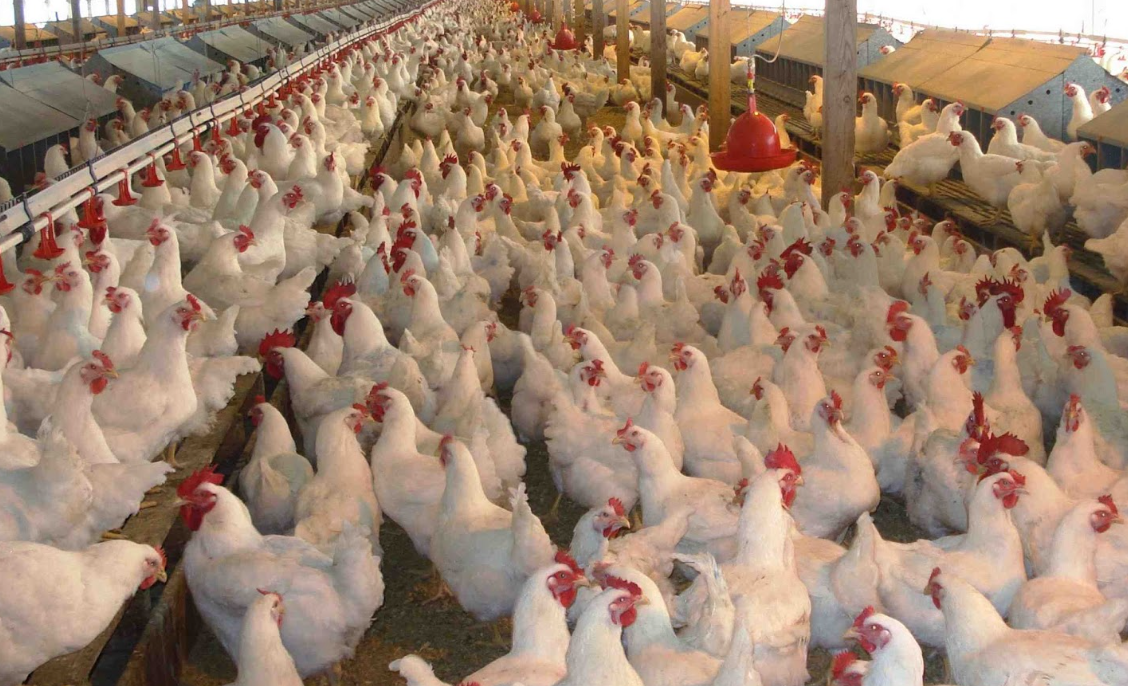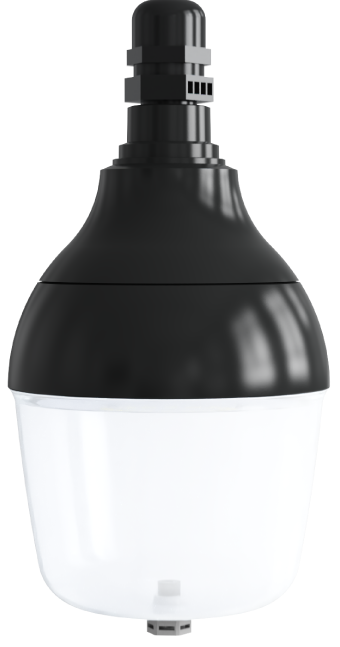Why do You Put a Red Light in a Chicken Coop
Why do You Put a Red Light in a Chicken Coop

Red light is used in chicken coops primarily to enhance growth performance and reduce stress-related behaviors in broilers, based on evidence from poultry research.
1. Improved Growth and Feed Efficiency
Studies show that red light exposure during incubation programs postembryonic development, leading to higher body weight in broilers compared to blue light. Chickens incubated under red light exhibit more passive behaviors (resting, preening) and less active behaviors (fighting, wing-flapping), which reduces energy expenditure and promotes efficient growth. This effect may extend to post-hatch lighting programs, where red light indirectly supports calmer behavior and better resource utilization.
2. Behavioral Modulation
Red light creates a less stimulating environment, reducing aggression and stress. For example, red-light-incubated broilers spend less time on energetically costly activities like foraging or fighting, allowing more energy to be directed toward growth. Additionally, chickens prefer 20 lux light intensity in feeding areas, and red light's lower perceived brightness (to humans) may align with poultry visual preferences while maintaining adequate illumination.
3. Circadian Rhythm Compatibility
Chickens rely on light-dark cycles to regulate circadian rhythms, including melatonin production. While continuous light disrupts these rhythms, red light may have a milder impact compared to shorter-wavelength light (e.g., blue). The pineal gland, which regulates melatonin, shows sensitivity to green and blue wavelengths, but red light’s longer wavelength (632 nm) likely causes less suppression of melatonin synthesis, supporting natural rest-activity patterns.
4. Practical Applications in Lighting Programs
Intermittent lighting programs combining red light with darkness reduce energy costs while maintaining productivity. For instance, red feeders under intermittent lighting improved broiler performance in feed conversion and weight gain. Though not directly tested, red overhead lighting may similarly synergize with such programs to balance welfare and efficiency.
5. Related Product

6. FAQ
Why Use Red Light in a Chicken Coop?
Red light (wavelength 620–750 nm) is chosen for specific benefits:
Reduces Aggression
Preserves Night Vision
Minimizes Melatonin Disruption
Does Red Light Increase Egg Production?
Not directly, but it can indirectly support egg-laying.
Is Red Light Safe for Chicks?
Yes, but avoid prolonged red light exposure, as it may delay growth.
How Bright Should a Red Light Be?
Laying Hens: 5–10 lux (dim)
Broilers/Chicks: 5 lux
_thumb.jpg)